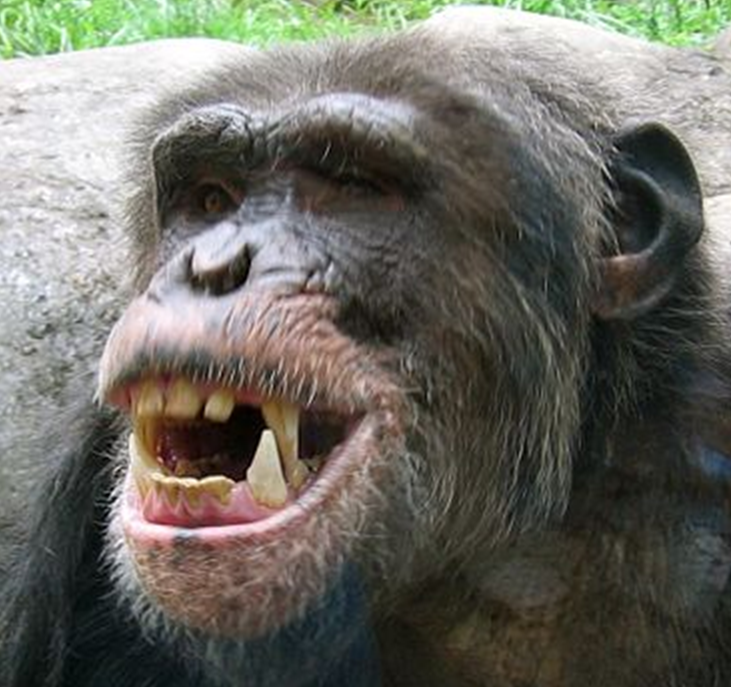|
BiteStrip
The BiteStrip is a disposable self-use home test for Sleep Bruxism. Its indications correlate well with comparable indications from formal sleep lab studies. The device is a miniature but complete sleep EMG (electromyography) monitor, including two pre-gelled EMG electrodes, an amplifier, a micro-processor-based real time data acquisition and analysis hardware and software, and a permanent chemical display unit. The entire system is integrated on a small piece of lightweight plastic film attached to the user's cheek. By analyzing the jaw muscles’ EMG waveforms in real time during the night and presenting the result on the built-in display, the device doesn't need a large data memory, and the downloading and analysis phases, common to all current sleep recorders, are eliminated. Test results indicate the number of bruxing events detected per hour of sleep (bruxing index or BI). This indication appears as permanent numbers encoded onto the electro-chemical display for easy reading ... [...More Info...] [...Related Items...] OR: [Wikipedia] [Google] [Baidu] |
Bruxism
Bruxism is excessive teeth grinding or jaw clenching. It is an oral parafunctional activity; i.e., it is unrelated to normal function such as eating or talking. Bruxism is a common behavior; reports of prevalence range from 8% to 31% in the general population. Several symptoms are commonly associated with bruxism, including aching jaw muscles, headaches, hypersensitive teeth, tooth wear, and damage to dental restorations (e.g. crowns and fillings). Symptoms may be minimal, without patient awareness of the condition. If nothing is done, after a while many teeth start wearing down until the whole tooth is gone. There are two main types of bruxism: one occurs during sleep (nocturnal bruxism) and one during wakefulness (awake bruxism). Dental damage may be similar in both types, but the symptoms of sleep bruxism tend to be worse on waking and improve during the course of the day, and the symptoms of awake bruxism may not be present at all on waking, and then worsen over the day. ... [...More Info...] [...Related Items...] OR: [Wikipedia] [Google] [Baidu] |
Sleep
Sleep is a sedentary state of mind and body. It is characterized by altered consciousness, relatively inhibited Perception, sensory activity, reduced muscle activity and reduced interactions with surroundings. It is distinguished from wakefulness by a decreased ability to react to stimulus (physiology), stimuli, but more reactive than a coma or disorders of consciousness, with sleep displaying different, active brain patterns. Sleep occurs in sleep cycle, repeating periods, in which the body alternates between two distinct modes: REM sleep and non-rapid eye movement sleep, non-REM sleep. Although REM stands for "rapid eye movement", this mode of sleep has many other aspects, including virtual paralysis of the body. dream, Dreams are a succession of images, ideas, emotions, and sensations that usually occur involuntarily in the mind during certain stages of sleep. During sleep, most of the human body, body's systems are in an anabolic state, helping to restore the Immunity (medi ... [...More Info...] [...Related Items...] OR: [Wikipedia] [Google] [Baidu] |
Electromyography
Electromyography (EMG) is a technique for evaluating and recording the electrical activity produced by skeletal muscles. EMG is performed using an instrument called an electromyograph to produce a record called an electromyogram. An electromyograph detects the electric potential generated by muscle cells when these cells are electrically or neurologically activated. The signals can be analyzed to detect abnormalities, activation level, or recruitment order, or to analyze the biomechanics of human or animal movement. Needle EMG is an electrodiagnostic medicine technique commonly used by neurologists. Surface EMG is a non-medical procedure used to assess muscle activation by several professionals, including physiotherapists, kinesiologists and biomedical engineers. In Computer Science, EMG is also used as middleware in gesture recognition towards allowing the input of physical action to a computer as a form of human-computer interaction. Clinical uses EMG testing has a variety ... [...More Info...] [...Related Items...] OR: [Wikipedia] [Google] [Baidu] |
Teeth
A tooth ( : teeth) is a hard, calcified structure found in the jaws (or mouths) of many vertebrates and used to break down food. Some animals, particularly carnivores and omnivores, also use teeth to help with capturing or wounding prey, tearing food, for defensive purposes, to intimidate other animals often including their own, or to carry prey or their young. The roots of teeth are covered by gums. Teeth are not made of bone, but rather of multiple tissues of varying density and hardness that originate from the embryonic germ layer, the ectoderm. The general structure of teeth is similar across the vertebrates, although there is considerable variation in their form and position. The teeth of mammals have deep roots, and this pattern is also found in some fish, and in crocodilians. In most teleost fish, however, the teeth are attached to the outer surface of the bone, while in lizards they are attached to the inner surface of the jaw by one side. In cartilaginous fish, ... [...More Info...] [...Related Items...] OR: [Wikipedia] [Google] [Baidu] |
Temporomandibular
In anatomy, the temporomandibular joints (TMJ) are the two joints connecting the jawbone to the skull. It is a bilateral synovial articulation between the temporal bone of the skull above and the mandible below; it is from these bones that its name is derived. This joint is unique in that it is a bilateral joint that functions as one unit. Since the TMJ is connected to the mandible, the right and left joints must function together and therefore are not independent of each other. Structure The main components are the joint capsule, articular disc, mandibular condyles, articular surface of the temporal bone, temporomandibular ligament, stylomandibular ligament, sphenomandibular ligament, and lateral pterygoid muscle. Capsule The articular capsule (capsular ligament) is a thin, loose envelope, attached above to the circumference of the mandibular fossa and the articular tubercle immediately in front; below, to the neck of the condyle of the mandible. Its loose attachment to t ... [...More Info...] [...Related Items...] OR: [Wikipedia] [Google] [Baidu] |




.jpg)